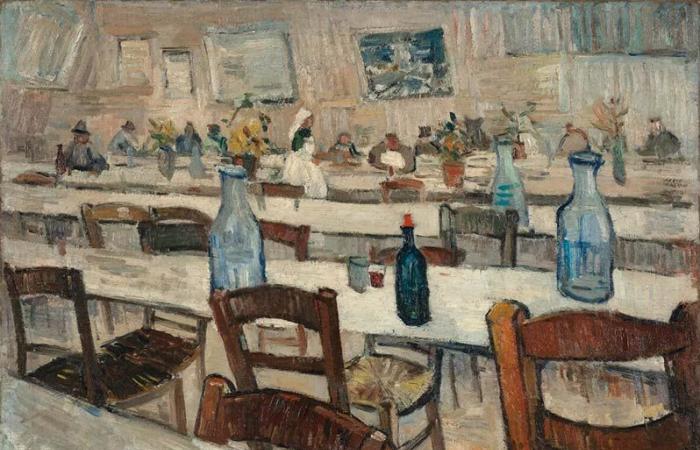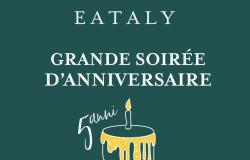Experts at the Van Gogh Museum in Amsterdam discovered that three works by Vincent Van Gogh from private collections were fakes thanks to pigment analysis. The report by Teio Meedendorp, Louis van Tilborgh and Saskia van Oudheusden was published this month in the British art journal Burlington Magazine.
One of the most misleading paintings, Head of a Womansold for almost a million dollars (€900,000) at Christie’s in 2011, turned out to be a copy. The report found that the colors did not match those used by Vincent Van Gogh. The work, whose provenance was not clear, had nevertheless been authenticated and attributed to the painter in 2011. According to the investigation, the copy was made between 1902 and 1909.
The second work, Restaurant Interior (1888), is in reality a deliberate forgery. Analysis revealed that the painting, believed to have been made in 1888, contained manganese blue, a synthetic blue pigment that did not exist until 1935, 35 years after Vincent Van Gogh’s death. The copy also has a difference in the arrangement of the flowers on the table compared to the original painting. The counterfeit painting was previously believed to be a second version of Interior of the Grand Bouillon-Restaurant du Chalet Parispainted by the artist in 1887.
The third work, Wood collectors (1912), is a watercolor which turned out to be a copy of Wood gatherers in the snow (1884). The copyist would have worked from a black and white photograph of the original work, dating from 1904. The copy omits a wooden staff used by the characters in the original work. The fake painting was sold in 1957 by Sotheby’s to Kenneth McKay, an English entrepreneur.
Wood collectorwatercolor previously attributed to Vincent Van Gogh (1853-1890).
Courtesy Van Gogh Museum






